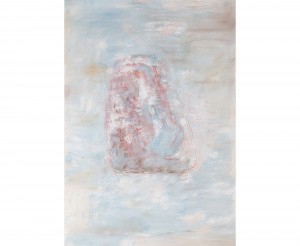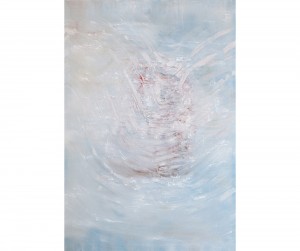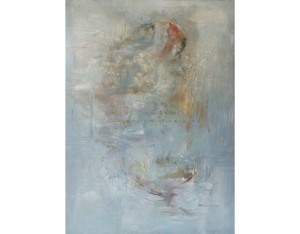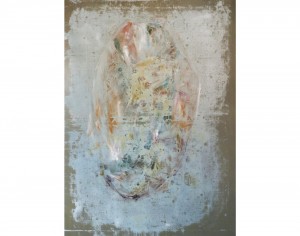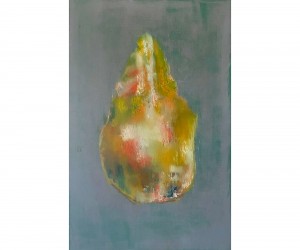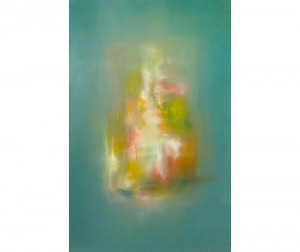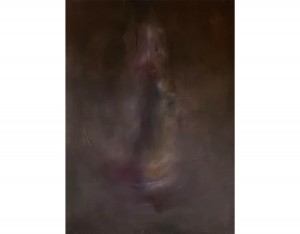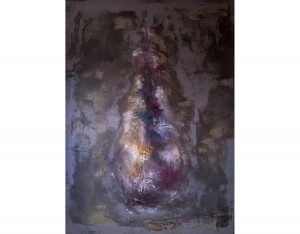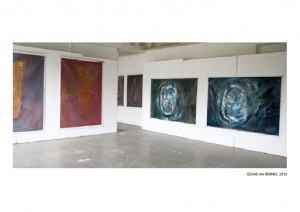⠀⠀⠀⠀⠀⠀⠀⠀⠀⠀⠀⠀⠀⠀⠀⠀
⠀⠀⠀⠀⠀⠀⠀⠀⠀⠀⠀⠀⠀⠀⠀⠀
⠀⠀⠀⠀⠀⠀⠀⠀⠀⠀⠀⠀⠀⠀⠀⠀
⠀⠀⠀⠀⠀⠀⠀⠀⠀⠀⠀⠀⠀⠀⠀⠀
Paint stones and the double
This is a series of twelve pieces (six pairs) of paintings of stones. All kinds of stones such as flints which were used for tool in prehistoric times or large stone like the monolith at Stenness in Scotland or red stones in Djerba, Tunisia. Whenever the artist met a stone, the artist has been inspired by its colors, shape and weight etc.. The artist found energy and power from them. The stones have all the features of nature, then the artist dare say the world. In the poetry of " Stones ", Roger Caillois, he said that even the flint that strikes (knocking) in plowing or cliffs provide perfect shapes. The silicate of magnesium, an obscure chance reminds sea-foam. The crystal structures are mysterious and seductive: the cross sections, net such divine abstractions and heavy with the weight of the stone.
The artist thinks that paint stones, it is a way to paint the real and stay abstract. Or more precisely, to stay free from a fixed idea, limited real, which is metaphysical. Indeed, a stone can be any shape, a wide variety of texture, have no common in color, contour, with another stone, and yet one and the other will be called "stone ".
From these remarks, the artist brought a stone symbolic or not, and the artist transformed it into something else. It could be an apple, a light bulb, a flower as we call it. The stone being older than the life and remaining after it on the planet, it does not even have to wait for death, it breaks, but also forms. So it transforms forever. Here, the artist made two different versions for the figure of each stone. Sometimes one version is more blurred, erased and disorganized than the other. The two are similar or completely different. Thereby, the artist asked a question about the genesis of the painting. What is the original and which is the best representation for the figure? Why are they two, then double? Are the two make together an entity? Why diptych(diptyque)?
As Daniel buren said, "Double which is usually placed on the side of the illusion in the presentation, for example, becomes a means, a method to reveal and transform reality." The artist thinks that the first painting is not the original because the second painting is done from the first. Because already, the first painting is made from the model which is the real one .
Bernard Piffaretti, who asked the question about the genesis of the painting, said that the duplication is already showing a loss of origin. But the artist thinks that a loss creates a surplus, an increase. So it's not a loss, but rather a movement, transformation and change in the state ...
René Magritte was careful to warn that this is not a pipe but a double, an echo, a ghost, an appearance of pipe. Something that is not, but that seems to be, that can go to, which remindes.
It is not possible to define which is the first painting and the second painting. So putting the two paintings side by side, the question of the originality of the painting is placed. This question creates the ambiguity of the model' world, as Jean Fautrier did for its objects, and we get closer to the essence of the world. Duplication is a negation that will enable paradoxically, question, show and say the painting. The time when we look at the first painting and the second painting allows us to imagine the transformation and change of state, over a period and a space. Thus the paintings find their reality in the time of transition from one painting to another.
So, double is not an idea for the artist, but a tool that allows the artist to understand beyond the paintings and model. The artist chose the stone instead of artificial objects to maximize the ambiguity that opens the door wider to go near the essence of the world. Thus, the stone seems to be the right object to understand the world .
Woo KIM, 2012
Stones [1]
